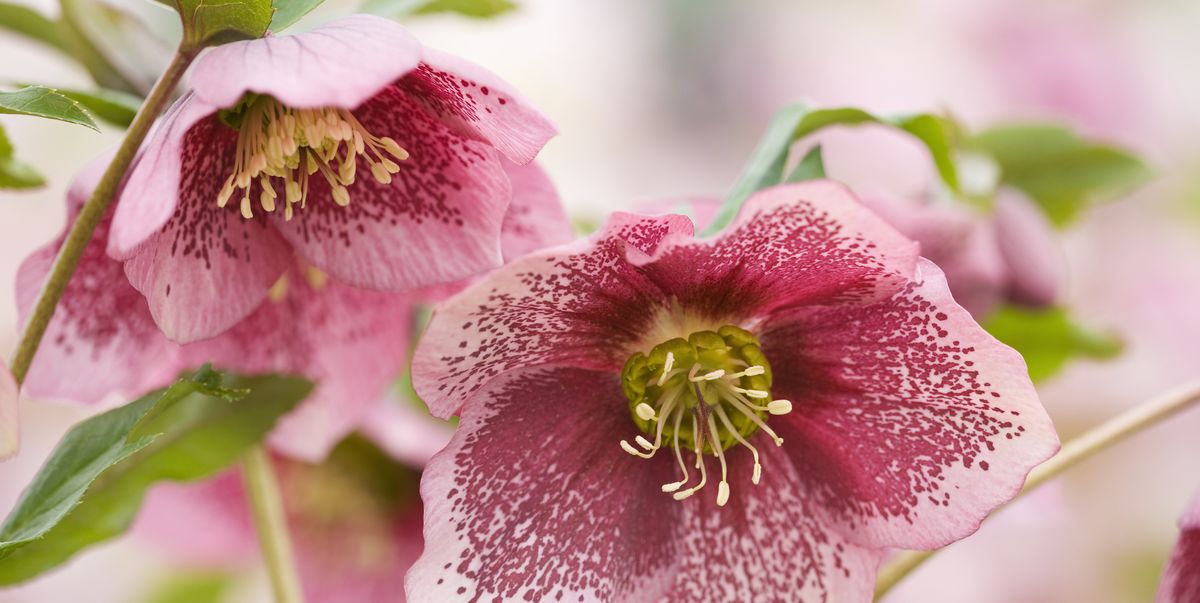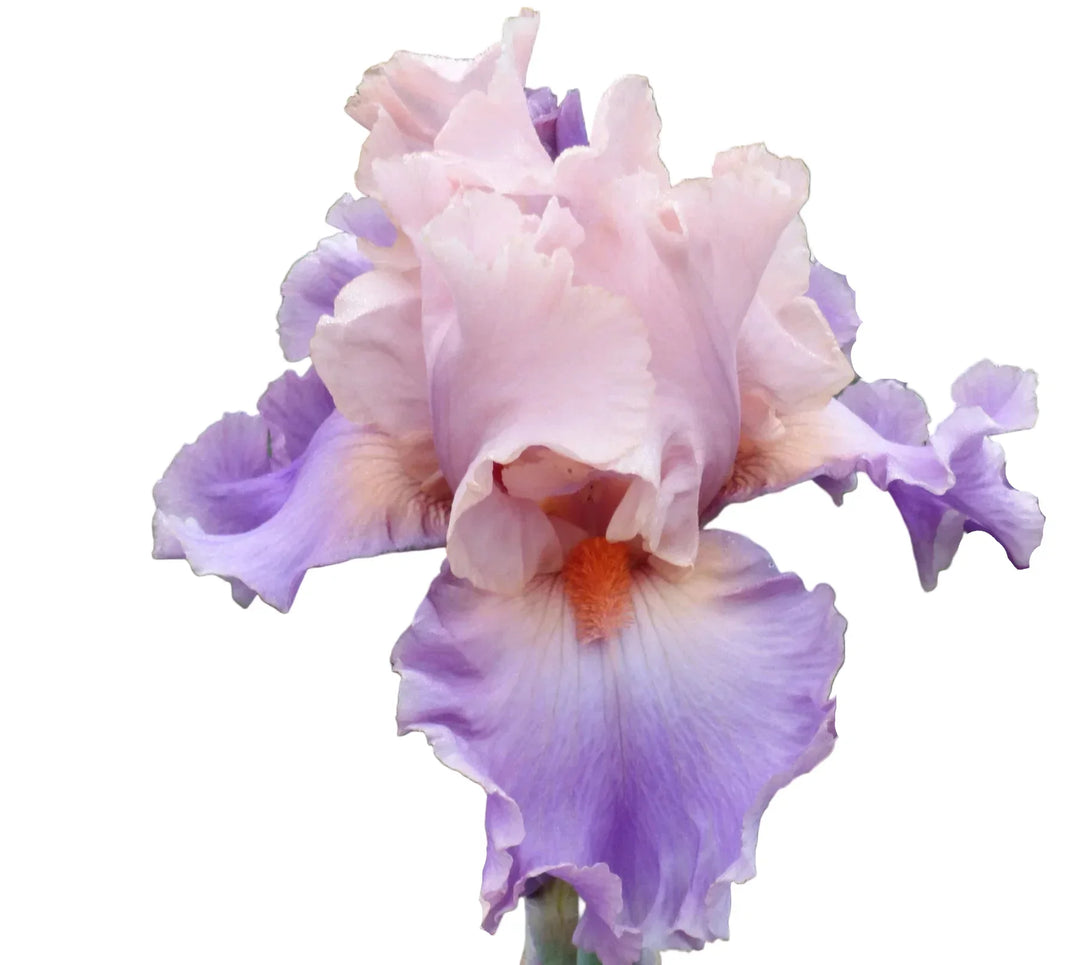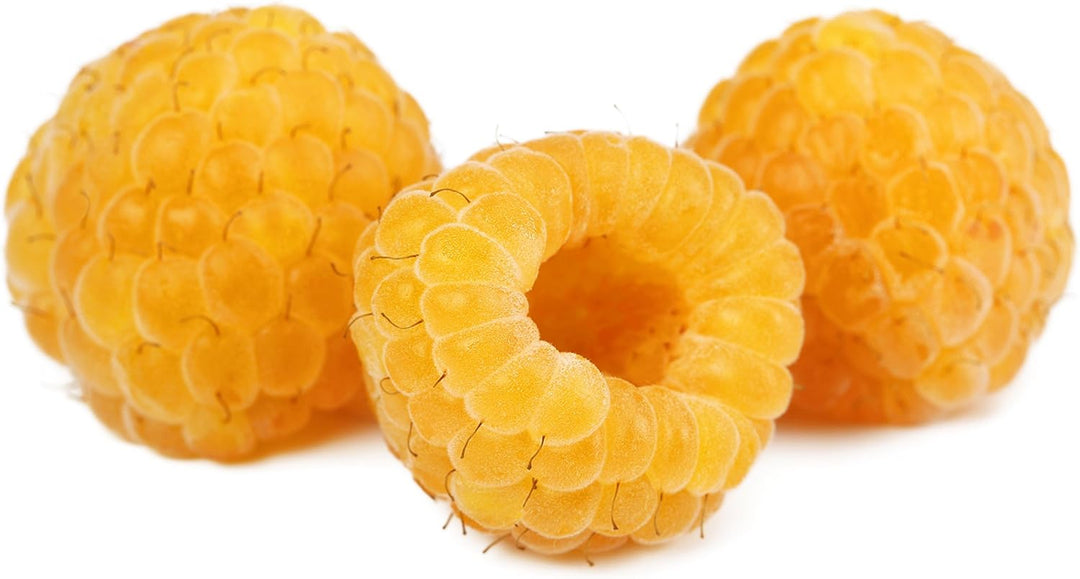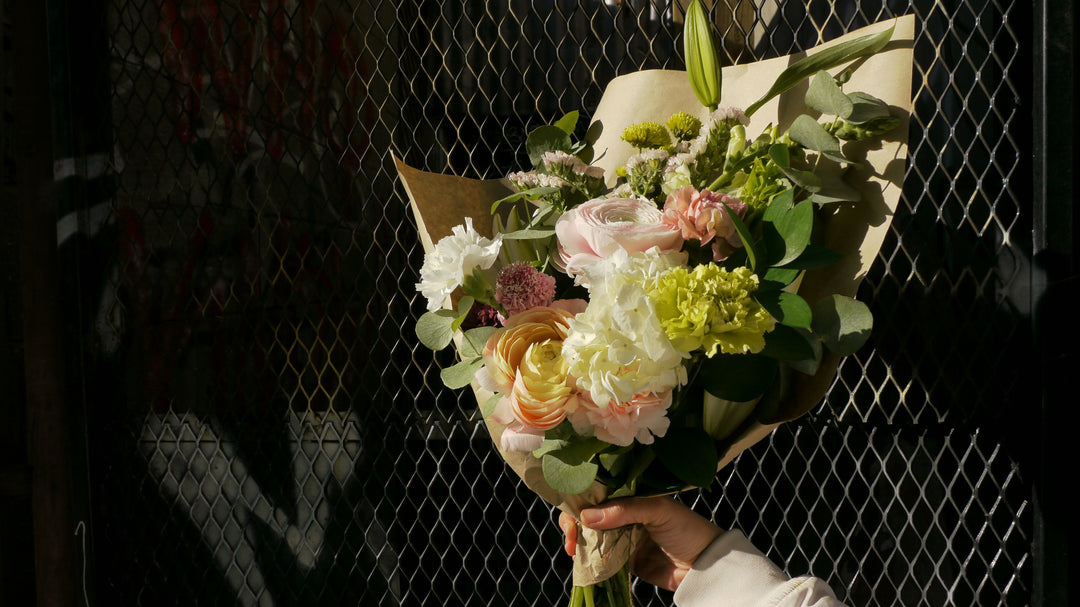How to Plant Hellebores: Best Tips for Thriving Blooms

-
Choose the planting site. Hellebores hate being moved, choose your site wisely.
The ideal site for hellebores is underneath a deciduous tree, which allows them to receive winter sun while the tree’s branches are bare and become shaded once the leaves grow back in the spring.
If you want to plant your hellebores elsewhere, choose a shade garden or another area that will protect them from full sun during the summer months. They prefer alkaline or neutral soil, keep them away from conifers that drop needles and make the soil acidic.
If your hellebores are destined for a container garden, choose one that’s at least 2’ deep and about 15” in diameter. Unlike other plants, do not upsize pots from year to year. -
Prepare the soil. Hellebores prefer loamy, well-draining soil rich in organic matter. You can amend the soil with worm castings, compost or other organic matter but avoid using artificial fertilizer since it can burn the roots.
-
Dig the hole. The root crowns of hellebores plants can be sensitive to rot when buried, so dig a hole just as deep as the pot to avoid burying the crown. Space your holes around 15 inches apart to give the plants space to grow.
-
Plant your hellebore. Loosen the plant from the pot by squeezing the pot and turning the plant on its side. If the root ball is especially compacted, gently loosen the soil with your fingers, then place the roots into the hole and cover with soil.
-
Water your hellebore. Water the roots to pack down the soil and hydrate your plant. New hellebore plants require about an inch of water per week, either through rainfall or manual watering, to help them get established. Once your plants are comfortable and blooming with new growth, taper off watering and only water them during dry spells.
-
Feed your hellebores. Hellebores are heavy feeders and need regular soil amendments to grow and blossom well. While keeping the crown exposed, amend the top soil with worm castings, compost or other organic matter in the spring and fall.
-
Enjoy the blooms. Depending on the cultivar, your hellebores should begin to bloom anytime between January and March, lasting until May. If you are harvesting for cut flowers, wait until the bloom begins to form seed pods in the centre of the “flower”. For the best vase life, change your vase water every other day, trim the ends, and cut a slit up the stem to help the flower drink water.
Don't forget to share your blooms by tagging us on Instagram @GrowingTkaronto








